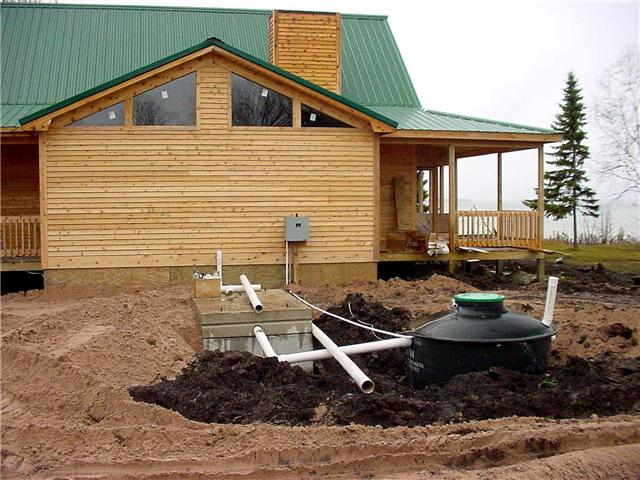If you live in a rural area, chances are good that you could end up with your very own septic system for the use of your household alone. You might find this prospect exhilarating if you’re interested in living off the grid. Or you may feel dubious about your ability to maintain your own septic system, especially if you’ve relied on city sewage in the past. Either way, you’re going to have to learn the basics of care and maintenance once you’ve got what amounts to a sewage treatment plant on your property. The good news is that with a few basic guidelines under your belt you shouldn’t have too much trouble. Here are some tips to get you on track.
There are three main parts to any septic system: the pipes, the tank, and the drain field (or leach field). When it comes to maintaining your system, you need to take all three parts into consideration. And this begins with what you put into your drains. Your septic system is designed to handle average household waste water. This includes a capacity for a certain amount of water, so you’ll want to make sure that the tank size is sufficient for your family’s usage. If not, you could find yourself dealing with frequent backups, odor, and other issues. In this case, it’s best to upgrade to a higher-capacity product from national tank outlet that is designed to work for your volume of usage.
In addition, septic tanks should be able to handle human waste, toilet paper, some amount of food waste, and even the chemicals you use daily, including toiletries and household cleaning solvents. What it is not equipped to deal with is uncommon items like feminine products, paper towels, diapers, toxic substances (like paint, paint thinner, and other chemicals you might be tempted to dump down the drain), excessive food waste, grease, and so on. If it can’t be broken down by the bacteria in your tank, it shouldn’t go down the drain. Even so, you’ll probably need to have your tank professionally serviced (cleaned and pumped) every 1-3 years, provided there are no issues along the way.
As for the drain field, this will need to be serviced or replaced after about 15-20 years of usage, most likely. The drain field is like a giant filter for the “treated” water that drains from your septic tank. Any contaminants that remain after your tank has done its job will leach into the soil, leaving only clean water to drain away into surrounding areas. However, this will leave your drain field understandably toxic over time, hence the needed service or replacement. But when you understand how the entire system works you can plan for these eventualities and the costs that accompany them.
Maintaining your private septic system doesn’t have to be hard. You just need to know how it works, why problems occur, and what you need to do to keep it functioning over time. When you are aware of the inner workings of your septic system you can easily keep it serviced and maintained, avoiding common problems that might plague other homeowners.
